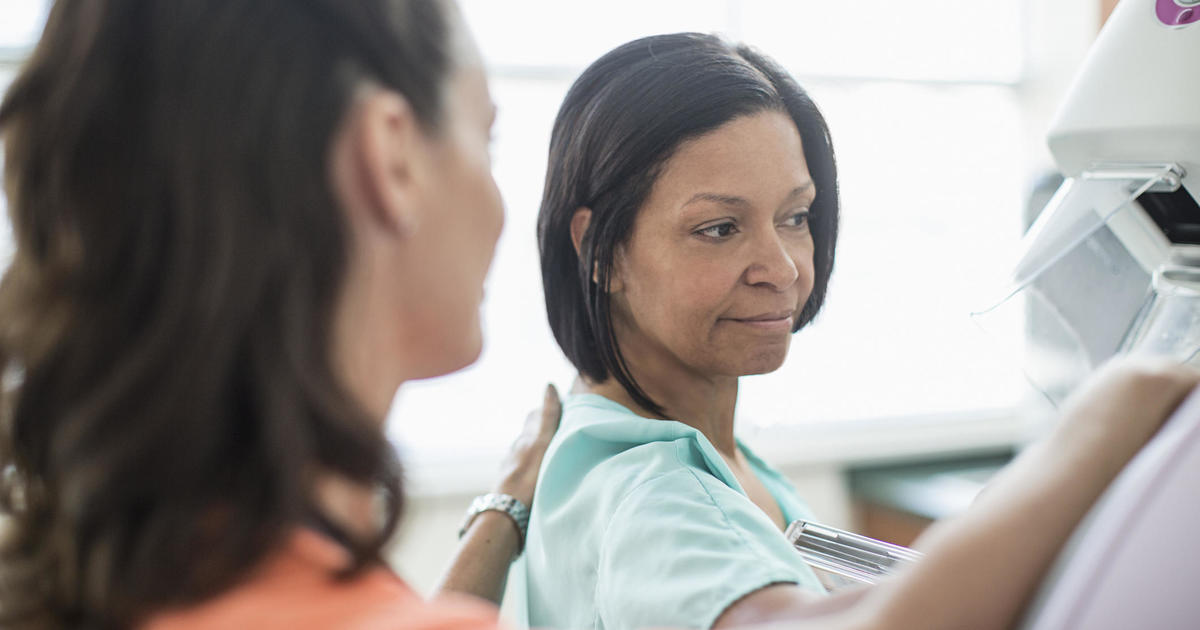Vitamin D deficiency: What to know about symptoms and treatment, according to experts
Are you getting enough vitamin D? For millions of Americans, experts say the answer is no.
This isn't helped by so many people working indoors everyday, says Dr. Kevin Cooke, a physician at Aviv Clinics with a background in both internal and family medicine who specializes in patients' dietary and nutrition needs.
"We just don't get outside as much, and the sun is one of those things that help," he says, explaining that exposure to sunlight, your diet and your skin help your body convert vitamin D to the active form. "So by nature of working indoors and then going into the winter months not having as much sun exposure, there's a lot of people that are vitamin D deficient."
In the United States, about 35% of adults are vitamin D deficient, according to the National Institutes of Health's National Library of Medicine website.
The number is estimated to be higher for certain populations, including nursing home residents and hospitalized patients. Not only are these groups typically indoors more, but Cooke explains older people can be at higher risk for vitamin D deficiency due to changes in the skin and stomach absorption as we age.
People with darker skin are also at higher risk for vitamin D deficiency, according to the National Library of Medicine and the Cleveland Clinic. Certain medical conditions, including obesity, Crohn's disease, celiac disease, or liver or kidney disease, can also lead to deficiency.
Here's what else to know about this important vitamin:
What is vitamin D and why is it important?
Vitamin D's main role is to help our body with calcium and bone maintenance, Cooke says. But new research suggests it can also help elsewhere.
"A lot of newer studies (show) lack of vitamin D causing decreased energy and mood," he says, which may go hand-in-hand with seasonal affective disorder.
"There's some newer data pointing to seasonal affective disorder or depression in the winter months, which makes sense as you don't get much sun, especially in the northern half of the United States," he adds. "It can really be a cause or point to seasonal affective disorder and depression."
Signs of vitamin D deficiency
Vitamin D deficiency is fairly common and many people don't feel symptoms even if they're low on it. Your doctor can do a blood test to check your vitamin D level.
"Most people if they're seeing a physician once a year should and hopefully do get their vitamin D levels checked," he says. "That way, they'll be able to know if they're deficient."
Since a lack of vitamin D can cause poor bone health, including bone pain, thinning, osteopenia (a decrease in bone mineral density) or osteomalacia (softening of the bones), Cooke says one of the first signs you may be low is if you have bone aches and pains or worsening arthritis. A continued decrease in bone density, known as osteoporosis, leaves people at greater risk of bone fractures — a serious medical concern for older adults.
In addition, Cooke says, "fatigue, low energy — what I would call low 'get up and go' or low zest" can be other signs you aren't getting enough vitamin D.
How can I increase my vitamin D?
The best way to prevent vitamin D deficiency? Ensure you're getting enough vitamin D in your diet or through sun exposure — just don't forget your sunscreen.
About 50% to 90% of vitamin D is absorbed through the skin via sunlight, while the rest comes from foods you eat, according to the National Library of Medicine.
In terms of diet, incorporate foods high in or fortified with vitamin D, Cooke says, including milks, yogurts and certain fatty fishes.
Vitamin D supplements and cod liver oil can also help increase your vitamin D levels, but should be taken under the guidance and recommendation of your doctor.



